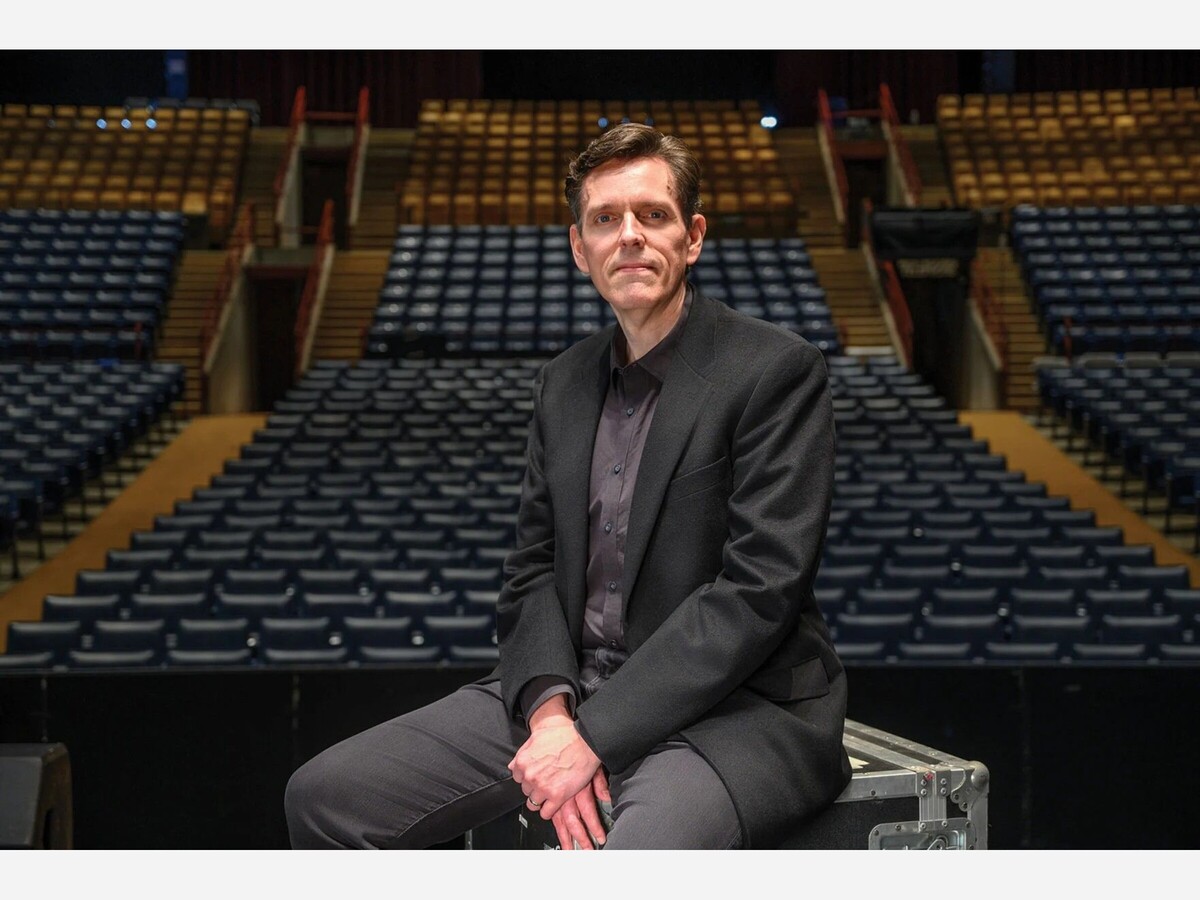Image

By Christopher Schobert
Buffalo Spree
If one of your favorite bands performed at Artpark in Lewiston in recent years, you probably have Dave Wedekindt to thank. During his thirty-year career, the Western New York native has held key roles at Shea’s Performing Arts Center, University at Buffalo Center for the Arts, and, since 2018, Artpark & Company. Many of those roles involved bringing top bands to local stages.
“One of my larger goals has been to lead an arts organization,” says Wedekindt, who joined Artpark in 2018 as director of marketing and sales. He was promoted to vice president of concerts and marketing in 2021, to vice president in 2022, and interim president in April 2024. Following a national search, he was named Artpark & Company president this past November. As outdoor concert season kicks into full gear, he discusses the cultural jewel’s importance to the region, its future, and how the concert business has evolved.
What is Artpark’s place in the community?
Artpark is a unique place. Not only do we have two large performance venues that attract thousands of people to events every summer, but we also offer art classes for all ages, art installations, field trips, festivals, Indigenous cultural programming, and our Bridges program that works with persons with physical and/or mental challenges, veterans, and more. We offer a plethora of experiences for all ages—many for free or low cost—that fuse art, nature, and culture. Artpark is, first and foremost, a 150-acre New York State Park with beautiful trails and views of the Niagara Gorge, picnic and recreation areas, and more. We also have a significant economic impact on Lewiston and surrounding communities in Niagara County.
Artpark celebrated its fiftieth anniversary last year, so it has been interesting to look back. While its history can fill several books with tales of its ups and downs, I think of it in three eras: the heavily New York State-funded era of the early seventies to eighties; the era of the big Amphitheater concerts of the 2000s that brought Artpark back; and today. Artpark of today merges these eras. We have the big concerts and popular attractions, but respect the legacy of participatory art, discovery, and performance forged in the early days.
What does the future hold for Artpark?
Throughout last year’s fiftieth anniversary season, we gathered feedback on our programming, venues, and general direction. Thankfully, the recurring theme is that people love Artpark and what it has meant and continues to mean in their lives. Our future plans will focus on renovations and upgrades, growing our programming, and building on a foundation to ensure Artpark’s growth and success for another fifty years.
How has the presentation of live music changed in recent years?
In the music business, I tend to look at things through a pre- versus post-pandemic lens. Obviously, the live music business was significantly impacted by the pandemic, and those ripple effects continue. Costs of touring, production, staffing, and more have grown beyond the pace of inflation. We have music and performance venues to serve audiences numbering in the hundreds all the way up to tens of thousands and all points in between.
On a positive note, [having] so many venues contributes to an active music scene for both local and touring artists, but there is also a downside. One might argue there are more venues and concerts than a region this size can support; people only have so much disposable income and free time or interest to go to shows. More venues also mean more competition to attract viable acts, and bidding wars result. In the end, this often equates to venues and promoters paying and risking more money for shows, higher ticket prices, etc. Not exactly a favorable situation for either the venue or the fan.
But it’s not all bad news. One thing that was clear coming out of the pandemic is that the experience of being at a live event cannot be replaced by watching it on a screen. Patrons and performers have an inherent need to gather for the communal experience of live performance. Live performances will evolve, particularly in their use of technology, but people will continue to turn out.
At Artpark, we strive to present concerts from a mix of genres and eras, recognizing that our audiences range from teenagers to seniors. Ideally, it’s a mix of established artists and viable newer artists we think audiences should know. It’s all about balance!